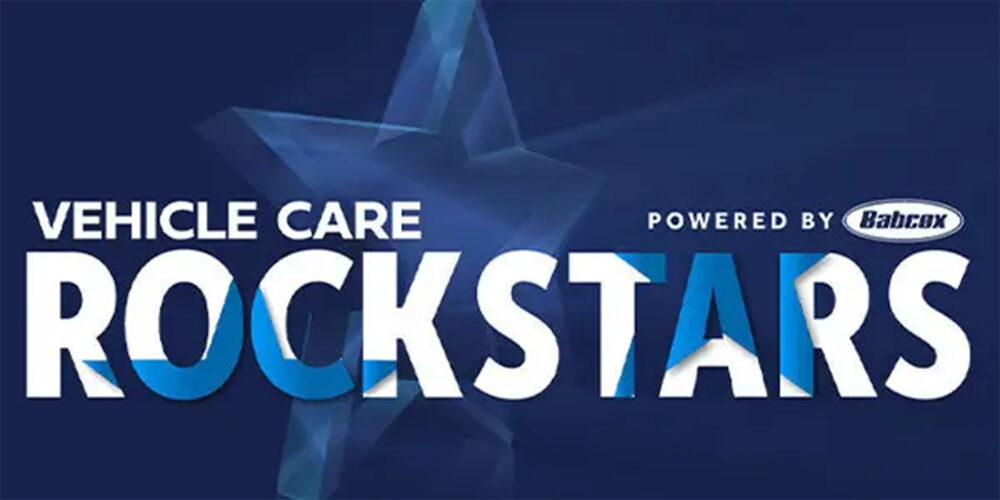There has been a lot of talk about the new HFO-1234yf A/C refrigerant making its way into new vehicles. Some of the misconceptions and rumors about the refrigerant were addressed at the Mobile Air Conditioning Society Worldwide (MACS) convention and trade show in January.
One of the biggest concerns techs and shop owners have is which vehicles will have the new system.
Although a defined “rollout plan” from the vehicle manufacturers was not available at the MACS show, it was revealed that one vehicle is already being sold with the new refrigerant in Europe — the Subaru XV. Hyundai was next in line to debut the new system overseas in its i30 model.
“We expect to see domestic cars here in the U.S. with 1234yf sometime in the spring,” said Peter Coll, refrigerant analysis sales manager for Neutronics at a “Q & A” program during the convention.
It is expected that the first domestic vehicle to offer the new refrigerant is General Motor’s Cadillac XTS — a higher end version of its CTS line.
The push for 1234yf systems in 2012 vehicles has been slower than anticipated. One reason for the delay among automakers offering 1234yf-based systems is due to a production supply issue overseas where the refrigerant is made.
In Europe, where the refrigerant was to be utilized in new vehicles sooner than in the U.S., the European Union is allowing some automotive manufacturers, such as Mercedes, to continue installing R-134a systems in its vehicles until mass production of the new refrigerant is available. So, some 2012 models will have the old system, and, later in the year as the new refrigerant becomes available, the same models could be produced with 1234yf systems.
However, all vehicles built with R-134a systems will forever keep that design.
Coll said that there will be no aftermarket retrofitting of R-134a systems into 1234yf systems, and that there is plenty of R-134a refrigerant available to service vehicles with the older system. Coll said he expects supplies of R-134a to be available well into the next two decades.
Once the new systems hit the independent service and repair market — depending on a post-warranty estimated timeline of about three years — technicians will need to pay close attention when using A/C equipment (reclaiming, recycling and recharging machines) to service these systems.
“You should not ever mix it (1234yf) with R-134a,” Coll said.
Coll also explained that the component fittings on both systems are similar, but not identical,” he said.
Another issue Coll said technicians should note is that the new refrigerant will come with a new oil to address various additive issues in the product.
Why The Change?
In 2010, the U.S. EPA and U.S. Department of Transportation adopted new standards for reducing greenhouse gas emissions from light-duty motor vehicles. Vehicle manufacturers can receive credit toward the standards for adopting refrigerants with less climate impact, such as HFO-1234yf.
In addition to the new U.S. standards, the European Union also adopted a Mobile Air Conditioning Directive, which requires new vehicle models starting in 2011 to use a refrigerant with a GWP below 150.
By 2017, all new automobiles sold in Europe will be required to use a low-GWP refrigerant.
Honeywell and DuPont, in a joint development agreement, have developed a new low global warming potential refrigerant to replace R-134a. They are commercializing the product separately. Honeywell is selling the product under the brand name Solstice 1234yf refrigerant. DuPont’s brand name for its 1234yf product is Opteon yf.
Both products have a GWP of 4, significantly exceeding the mandate of the MAC Directive (GWP below 150).
Fore more information on the EPA’s mandate, visit www.underhoodservice.com and search HFO-1234yf on the homepage.
Note: In upcoming articles, we will address more on the subject of 1234yf-based systems, including availability (to both the tech and the DIYer), pricing and equipment (recyclers, leak detectors, electronic identifiers, etc.) independent shops will need to service vehicles with the new refrigerant.













